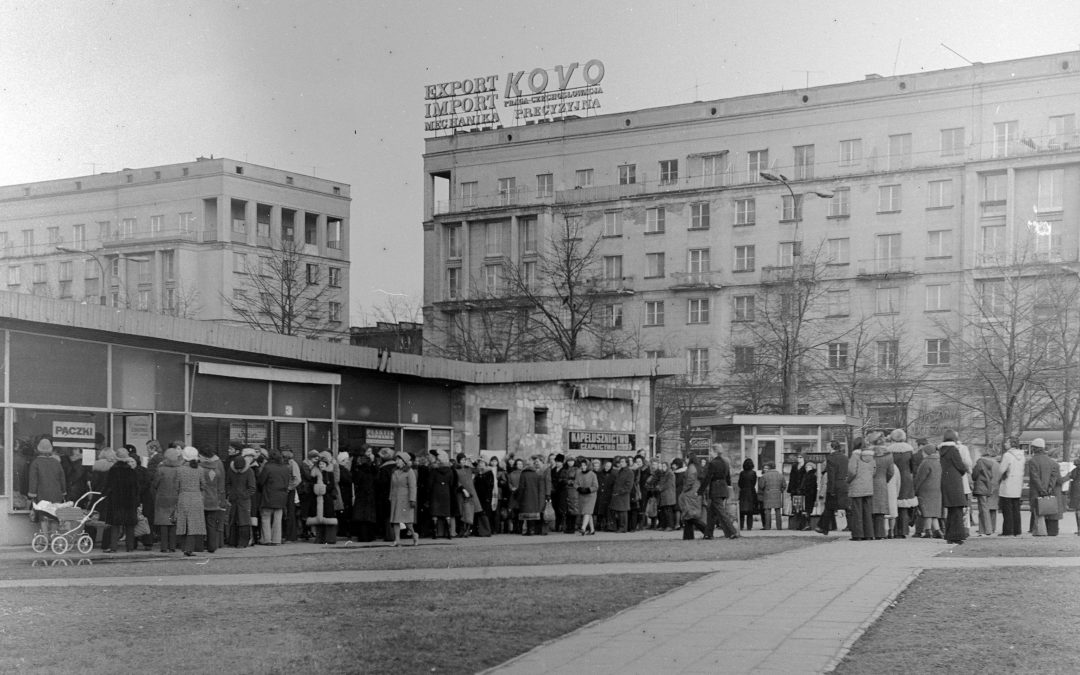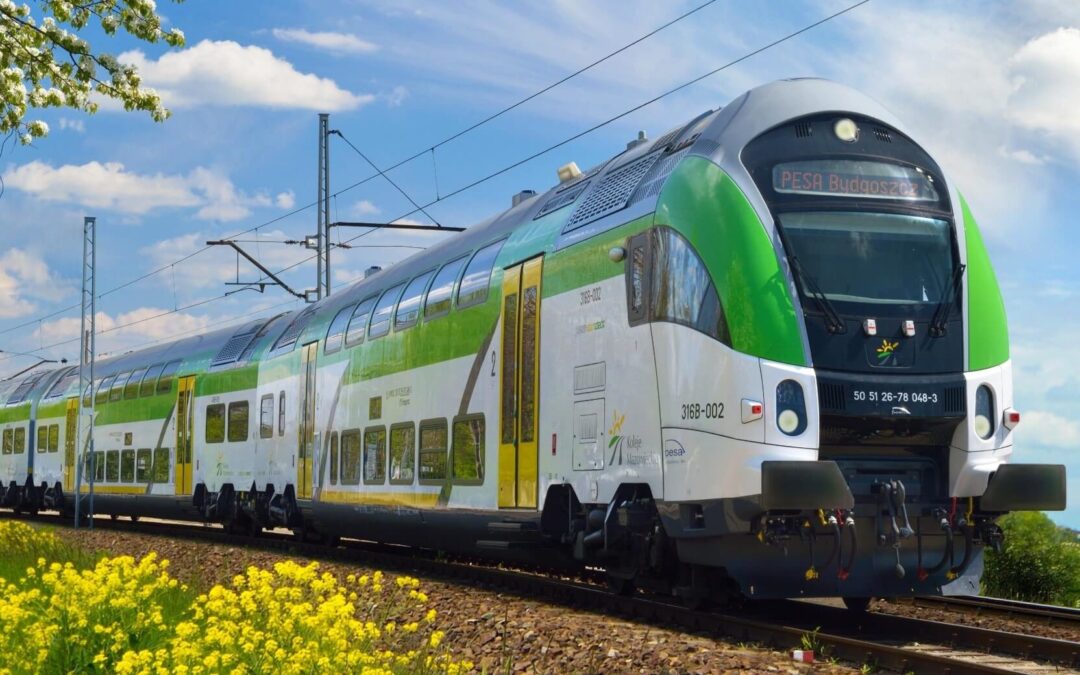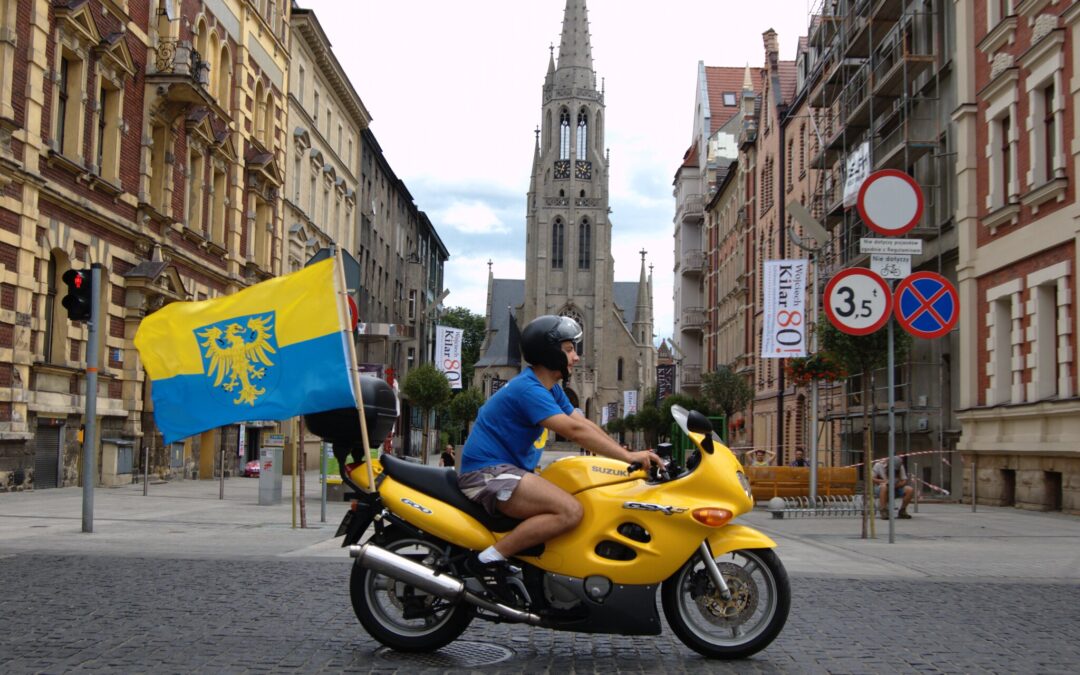By Fabio Parasecoli
Food, always squarely at the centre of conversations and controversies about what Poland is and should be in the future, has particular political value due to the nation’s recent past as a socialist country, its post-socialist transformation, and its current high-speed economic development. It influences Poles’ lives as a visible and performable marker of power, cultural capital, class, gender, ethnic, and religious identities.
As newfound financial tranquillity has stimulated consumption, food is still central to the national psyche due to the memories of the shortages from the past. It is especially important to outline some of the historical events that have shaped the Poles’ relationship with food, in its complex relationship with national identity and political dynamics.
“Bread and freedom”: food in early socialist Poland
The destruction caused by World War Two made food security and food production central issues for the new Polish government, which found itself torn between efforts towards the establishment of a socialist society and the immediate needs of the population.
Although an agrarian reform was launched in September 1946 to install displaced peasants on over a million farms, already in 1948 Bolesław Bierut, a former official of the Comintern, put in place efforts towards collectivisation under the “Polish Agricultural Enterprises” (PGR). Such goals, however, quickly slowed down and were never accomplished, while food production lagged behind what was necessary.
In 1956, riots over “bread and freedom” took place in Poznań, causing the death of dozens of workers. The events marked the beginning of Władysław Gomułka’s rise to the party secretariat, having been purged back in 1948. Taking advantage of the “thaw” following Stalin’s death, Gomułka, as first secretary of the Polish United Workers’ Party, managed to ensure a certain amount of autonomy from the Soviet patrons.
Most of the land was returned to individual peasants, while collectivisation was maintained mostly for large estates located in the Western areas that had previously belonged to Germany and had been assigned to Poland at the end of World War II.
Productivity in state farms did not particularly improve, and at the same time small peasants continued to be considered a hindrance to the socialist future. Their capacity for producing more was limited by almost non-existent investment, high prices of inputs and machinery, and bureaucratic difficulties regarding land ownership.
As a consequence, shortages and kinks in the distribution system often made grocery shopping for ordinary Poles time-consuming and frustrating. Once again, demonstrations against price rises, especially regarding food, determined Gomułka’s demise after the army opened fire and killed workers protesting in Gdańsk and Gdynia in December 1970.
“Peasant food” nostalgia and twenty-one demands
The new first secretary, Edward Gierek, ushered in the era of “consumer socialism” in the early-1970s, a period of economic revitalisation and relative comfort, fuelled by money the state borrowed from the West.
The economic migration of rural populations toward the cities generated a sense of nostalgia, which in turn led to the emergence of a manufactured image of old-style cooking (kuchnia staropolska) as simple but tasty peasant food, while the actual “countryside” products were already quite industrialised and homogeneous. Leveraging public subsidies, food prices were kept artificially low, while salaries improved.
As the oil crisis and the global recession that followed it made servicing foreign debt unmanageable, in 1976 Gierek decided suddenly to raise prices. Riots exploded at the Ursus tractor factory in Warsaw and in the armaments works at Radom, causing the party to delay the increases. When the government tried again in 1980, it was the turn of the shipyard workers in Gdańsk to vent grievances (including over affordable food), which eventually led to the formation of the independent workers union Solidarność.
The twenty-one demands that workers wrote on panels at the entrance of the shipyard included: “9. Guaranteed automatic increases in pay on the basis of increases in prices and the decline in real income. 10. A full supply of food products for the domestic market, with exports limited to surpluses. 11. The introduction of food coupons for meat and meat products (until the market stabilises).”
The outcome of the Gdańsk events was martial law, imposed on December 1981 by General Wojciech Jaruzelski and his Military Council of National Salvation (Wojskowa Rada Ocalenia Narodowego, WRON – or wrona, the crow, as it was often referred to), with the support of the USSR. A few months later, in February 1982, food costs skyrocketed by 300 per cent, while most products became unavailable.
Scarcity, queuing outside grocery stores, black market and illegal provisioning networks became the norm for most Poles, with the possible exception of the nomenklatura. Having family in the countryside meant having some source of food, even if that only meant basic staples such as potatoes, root vegetables or eggs.
“Kuroniówka”and the transition to consumerism
The post-socialist transition that followed the first free elections in June 1989 created stark differences between the haves and the have-nots. Some reaped the benefits of the dismantling of the socialist safety network, taking advantage of the rise of a service economy in which the intelligentsia, those with connections, and risk-taking entrepreneurs with financial capital became the face of the new Poland. The new authorities made only limited efforts to protect the weakest segments of the population from dropping wages and the unemployment caused by the closure of state enterprises.
Jacek Kuroń – a leftist Solidarność politician who thought it was in the interest of the nation to join forces with finance Minister Leszek Balcerowicz, the architect of the economic transformation and the shock reform, and joined the new government as a labour minister – took upon himself to try and ease the suffering of people.
Besides establishing unemployment benefits, Kuroń organized free distribution of pea soup, which was called kuroniówka after him and became an iconic element of the period. Kuroń himself publicly gave out the soup to the needy. Later, the term kuroniówka has been used to designate government unemployment benefits in general. Interestingly, Kuron’s son, Maciej, was one of the first publicly visible chefs on TV.
As Poland moved out of its socialist phase and into a different – although not less troubled – political landscape, where consumerism was embraced as the standard lifestyle, food continued to play a relevant role in defining the cultural outlook, social status, and political worldviews of citizens from all walks of life in the new society. Starting from the early 1990s, the introduction of supermarkets, the growing availability of Western products, and the success of foreign foods – from sushi to risotto – were experienced as tangible proofs that Poland was becoming part of the developed world.
Today access and availability may not be urgent issues any longer, yet food still looms large in Polish culture. Traditional dishes are beloved and comforting, all while causing anxieties about health; meat consumption is embraced by some as quintessentially Polish, while others are turning to vegetarianism and veganism; old practices like fermenting and making nalewka (a traditional alcoholic drink) are both highlighted for their cultural relevance and treated as a reminder of a rural past that many are still uncomfortable with.
Although these debates may have shifted from survival to cultural symbolism, food maintain its centrality in the way Poles think of themselves.
This article originally appeared here. Mateusz Halawa contributed information and analysis to this article. For Fabio Parasecoli’s earlier article for Notes from Poland – on the gay man in socialist Poland who created a fictional straight couple in order to write a cookbook – click here.
Main image credit: Grażyna Rutkowska/Wikimedia Commons (under public domain)





















